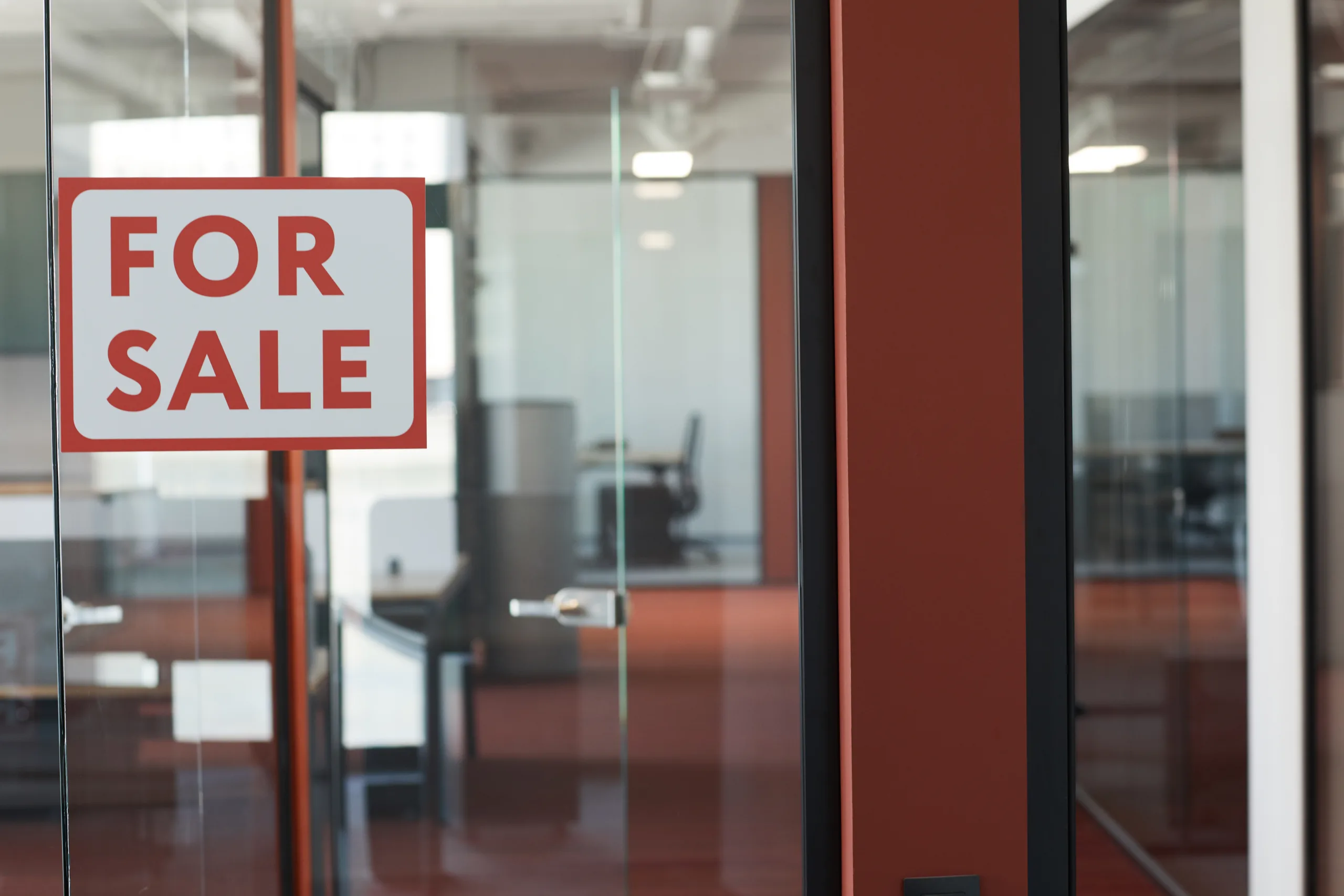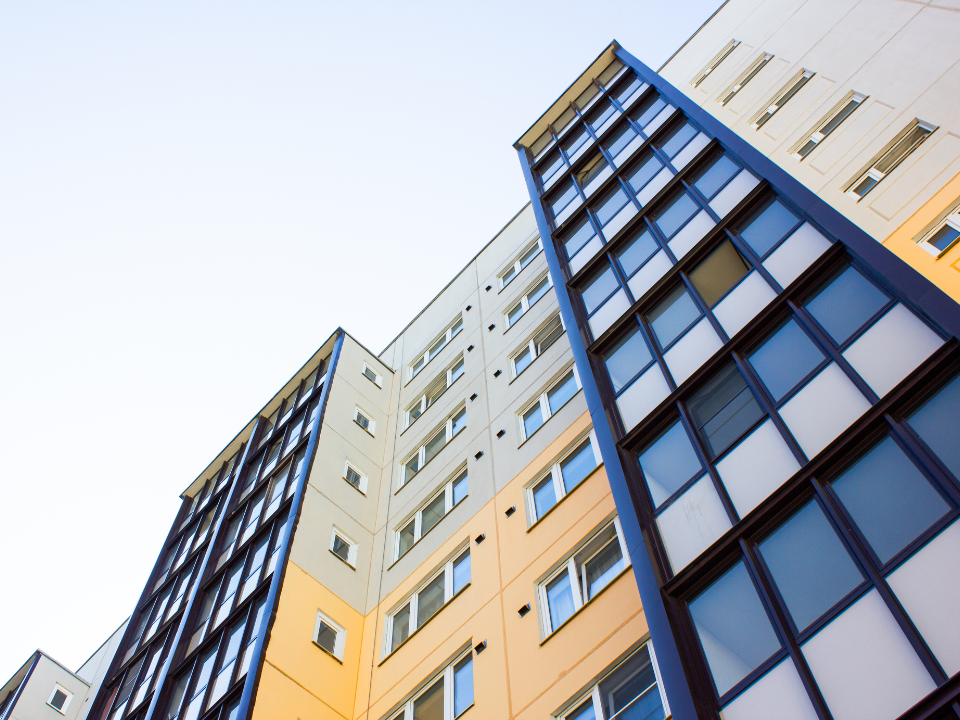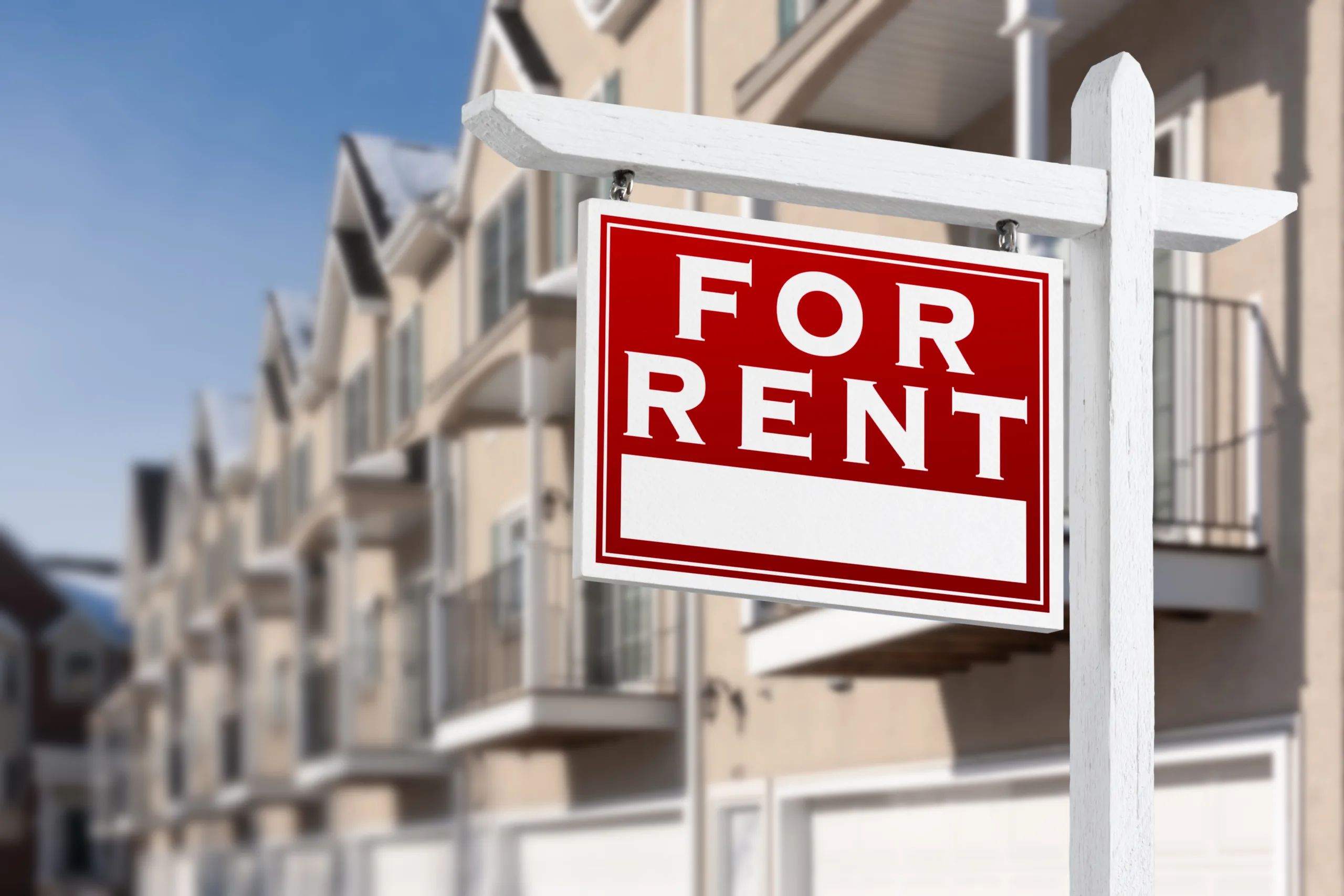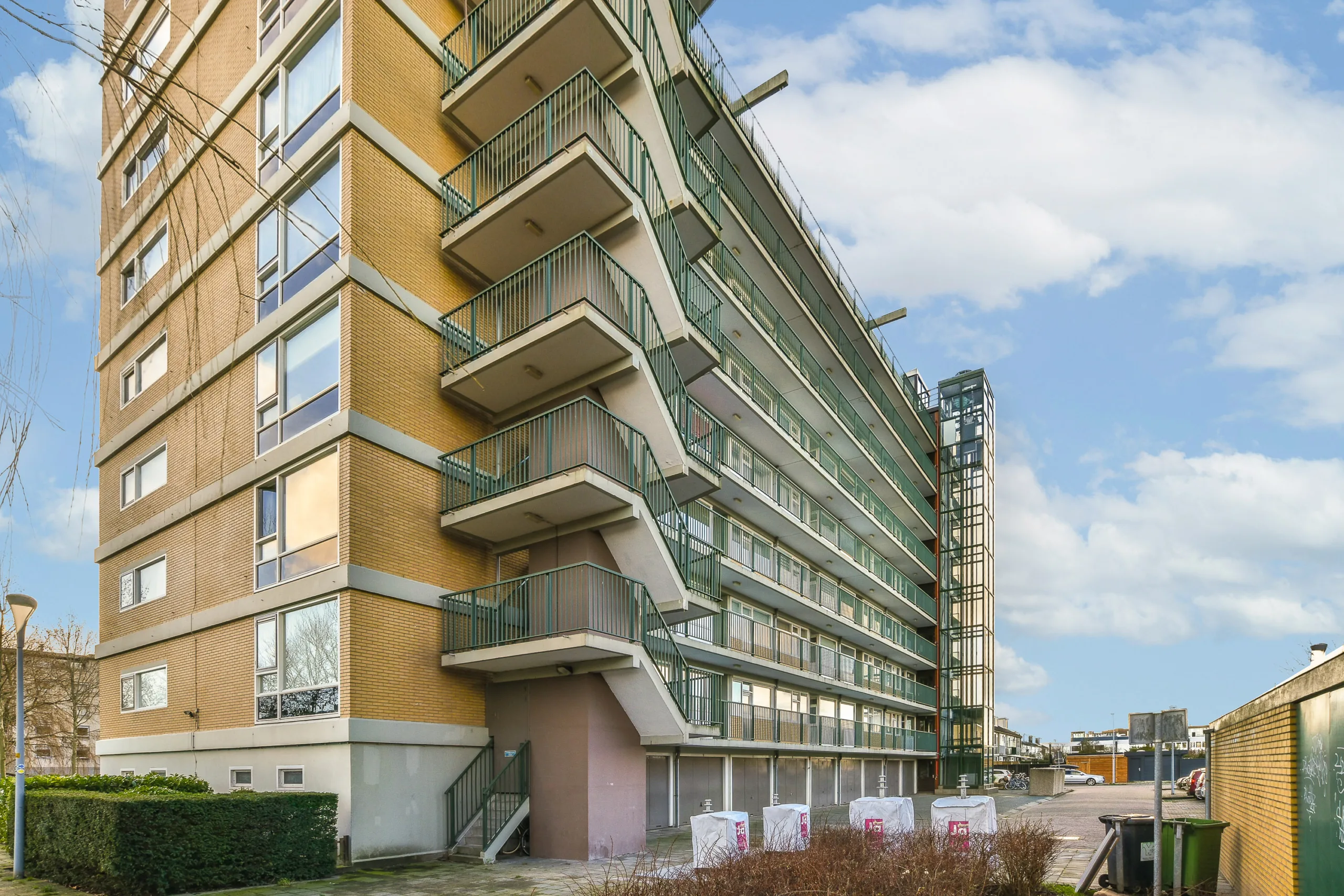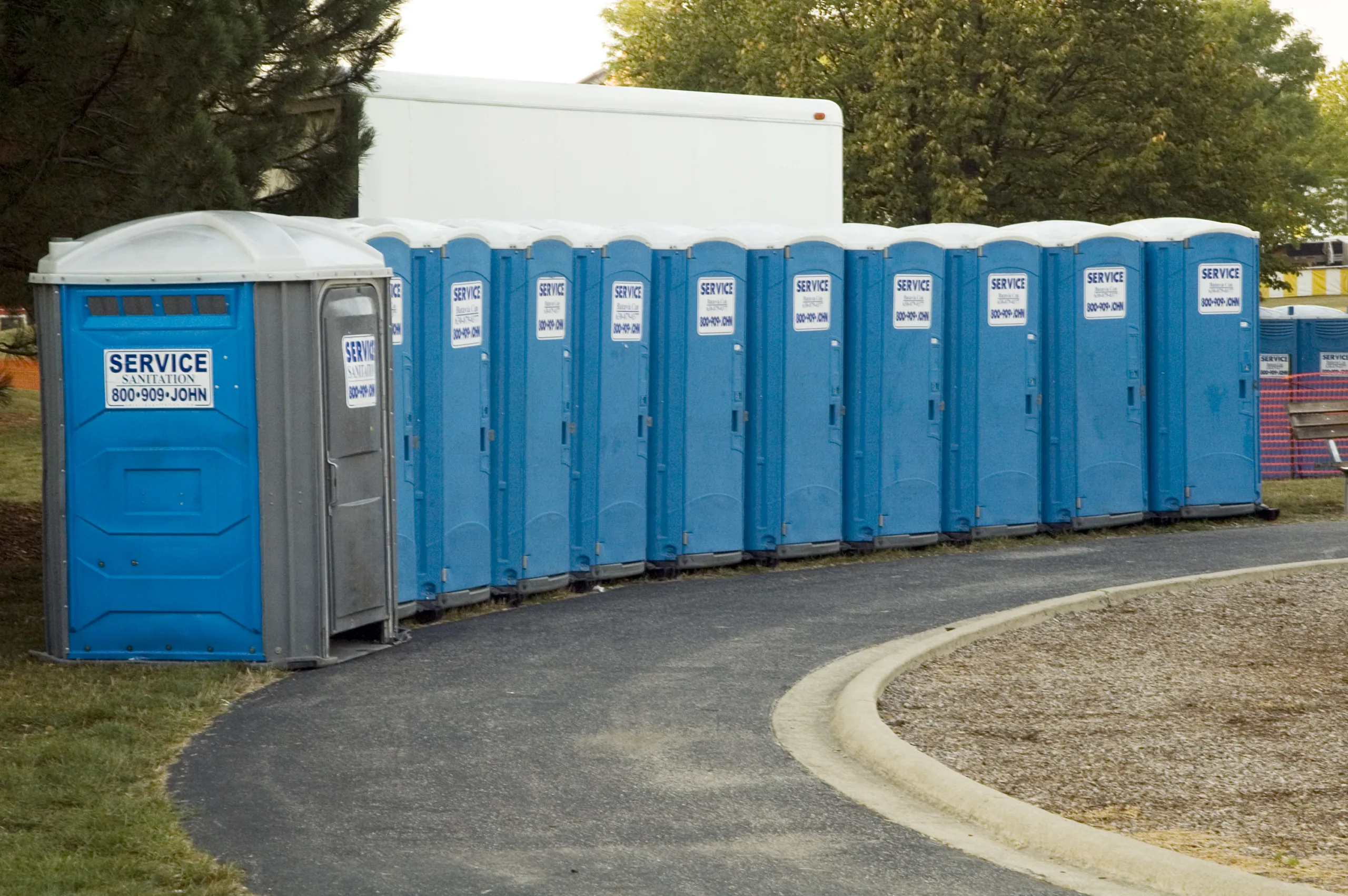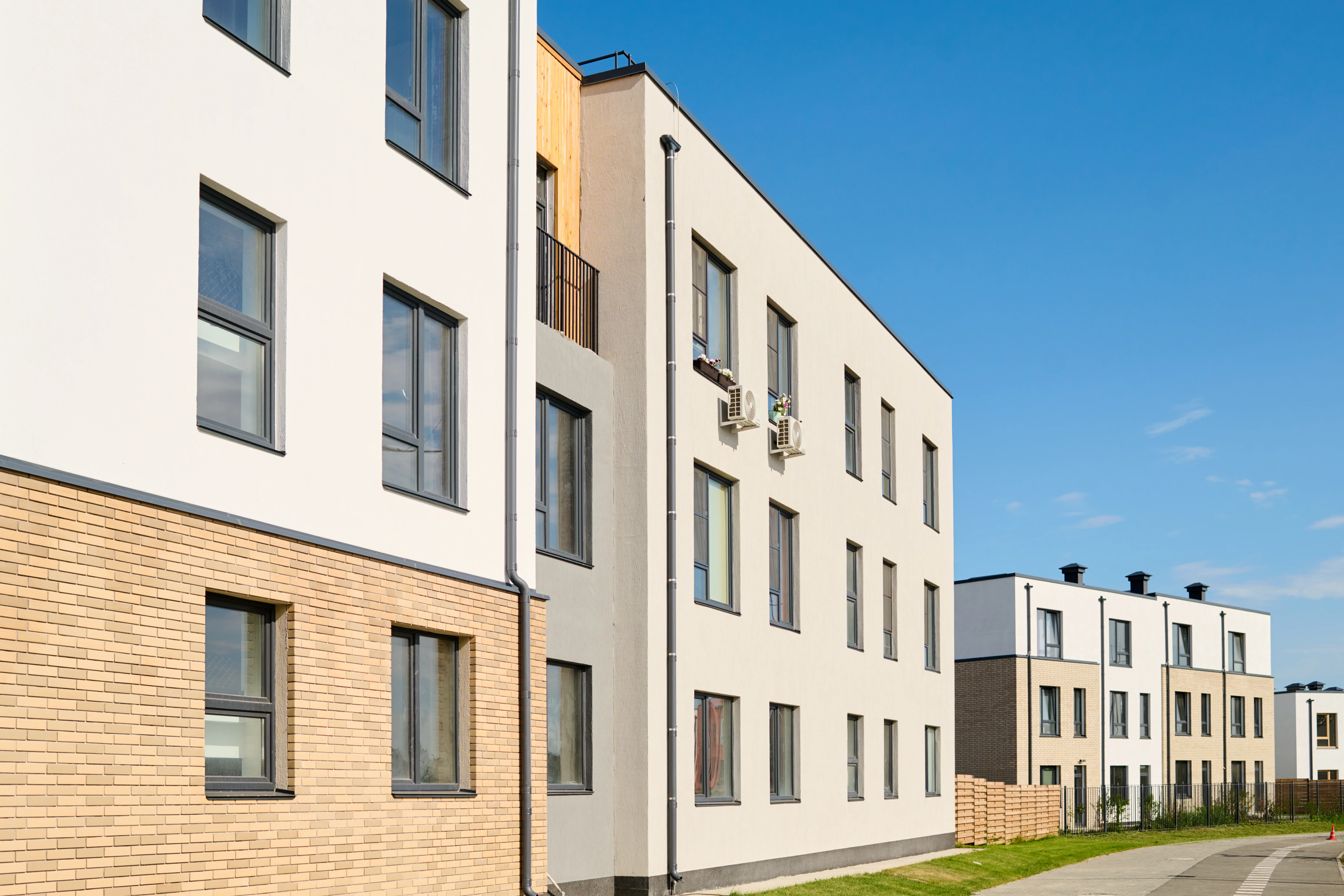- Multifamily construction surged in 2022, hitting its highest levels since 1986, following record rent growth and strong apartment returns.
- Developers are primarily motivated by expectations of future returns, driven by rents, operating costs, and the cost of capital.
- Negative apartment returns in 2023, influenced by high interest rates and rising operating expenses, led to a 37% drop in multifamily housing starts.
- Policy interventions like tax abatements and streamlined permitting could help address the long-term housing shortage and affordability challenges.
Record rent growth in 2021 and 2022 spurred a boom in multifamily housing construction, but recent rising costs and interest rates are slowing development.
The Latest Data
According to the National Multifamily Housing Council (NMHC), multifamily starts surged 14.9% in 2022 to their highest level since 1986. But this growth has since reversed, leading to a significant drop in new construction activity.
Developer decisions are influenced by current rents, future expectations of net operating income, capital costs, and apartment property prices.
Construction Boom
Elevated apartment returns during 2021 and 2022 drove a substantial increase in multifamily construction. According to the U.S. Census Bureau, multifamily starts rose 22.6% in 2021, followed by a 14.9% increase in 2022.
These elevated starts led to a 22.1% rise in multifamily completions in 2023, totaling 438.3 KSF units—the highest level since 1987.
The increased supply contributed to cooling rent growth, with annual effective rent growth reaching just 0.7% in 4Q23, based on CoStar data.
Slowing Development
However, this momentum has reversed as higher interest rates and increased operating costs have put pressure on developers.
The Federal Reserve raised its federal funds target from 0–0.25% in early 2022 to 5.25–5.50% by July 2023. As a result, the 10-Year Treasury yield rose from 0.65% in 3Q20 to 4.45% by 4Q23. These higher borrowing costs have eroded investor returns, slowing new construction.
Additionally, apartment operating costs surged 10.3% in 2022 and another 7.1% in 2023, according to Yardi. Insurance costs, in particular, rose by 18.8% in 2022 and skyrocketed 35.3% in 2023, cutting deeper into profits.
This combination of high interest rates and operating costs resulted in negative apartment returns in 2023, with returns falling to -7.65% in Q3.
Overall Outlook
The recent slowdown in construction activity is already evident. Multifamily starts have declined 37.1% between 2Q23 and 2Q24, deepening the ongoing housing shortage and potentially driving up rents in the future.
While the Federal Reserve’s recent 50 bps cut may provide some relief to developers, high operating costs and low rent growth continue to pose challenges.
In the long run, policies aimed at encouraging housing development—such as tax abatements, voluntary inclusionary zoning, and streamlined building permit processes—will be essential to addressing the housing shortage and improving affordability.


